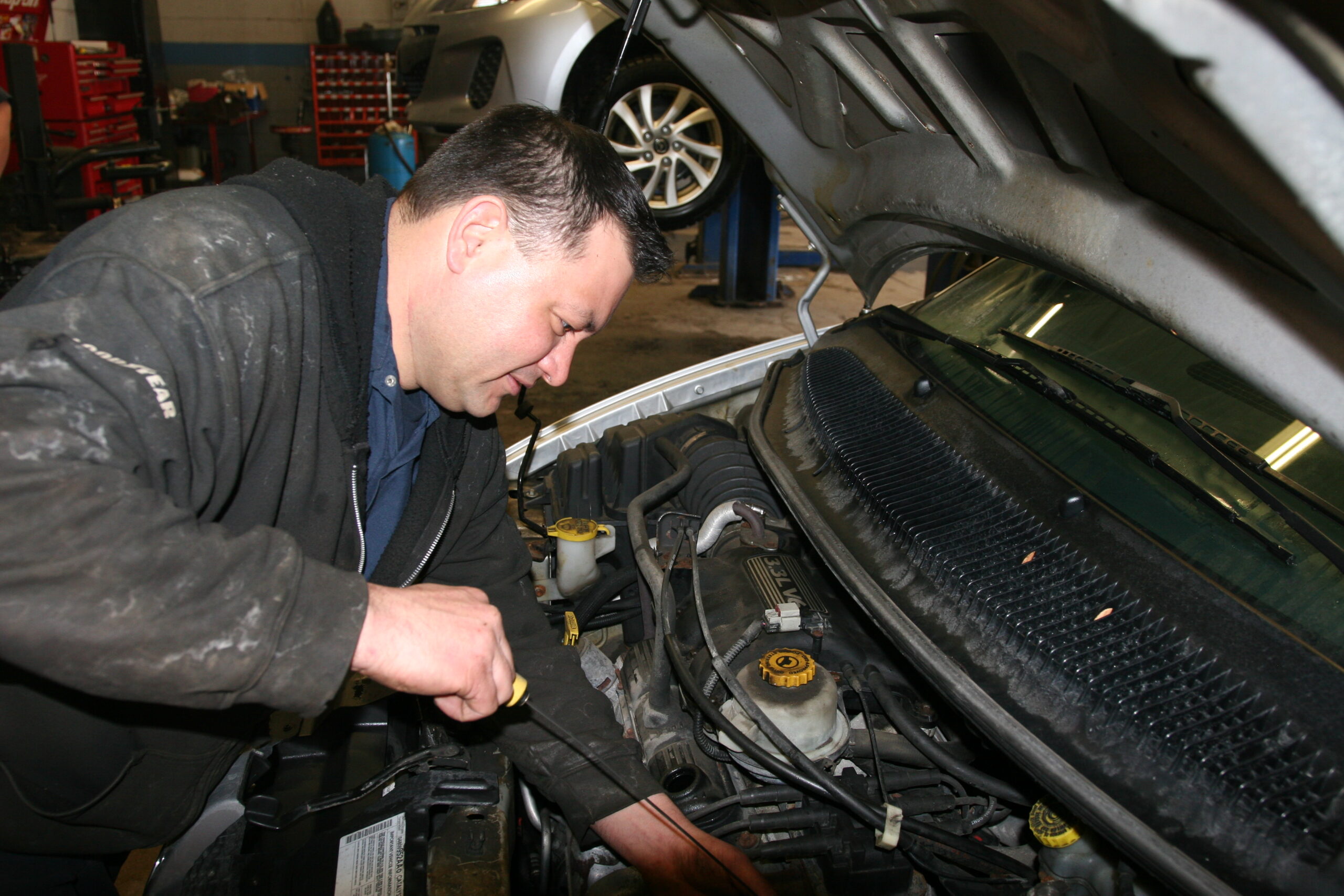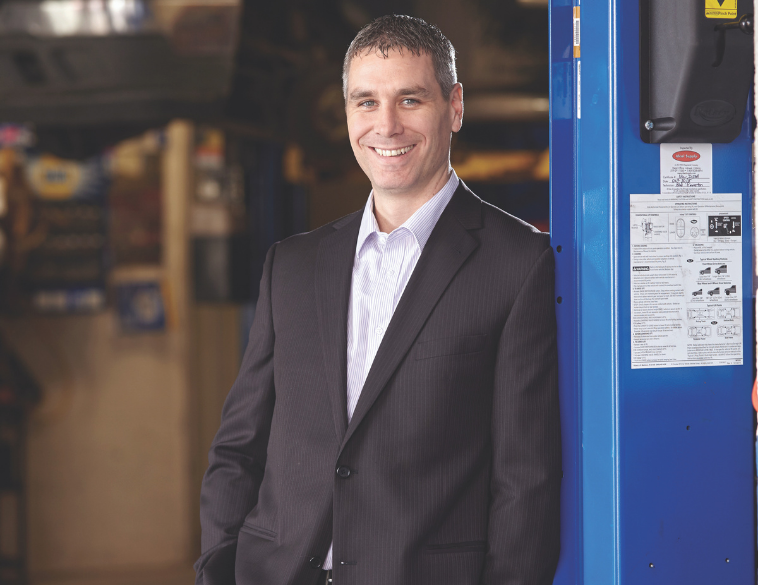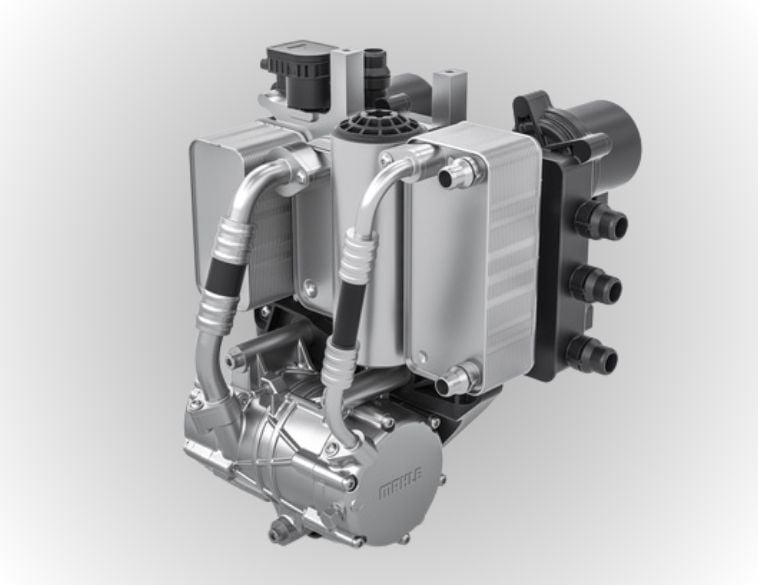Preparing for unforeseen circumstances requires having solid plans, procedures and leadership in place.
If there is anything the COVID pandemic era has shown us, it’s the need to ensure we plan effectively to mitigate any potential problems that might come up.
Many shops right now are having to deal with supply disruptions and parts shortages—situations that were hard to imagine just 18-24 months ago.
With many aftermarket parts being sourced from offshore, supply disruptions ranging from container ships trapped into the Suez Canal to cargo not being offloaded due to staff shortages at ports creates an impact on the entire industry.
And it doesn’t matter what network or banner you belong to or even if you’re independent.
The fact is, that parts tend to come from the same source, so if one supply chain is disrupted, all of them are.
Removing the pain
At the shop level, both service advisors and technicians can take some of the pain out of the equation by performing regular inspections and pre-booking repair work 2-3 weeks in advance, but good planning goes hand-in-hand with good staffing and having good staff on board, the business must be profitable, to begin with.
It’s an essential circle and no single component works unless they all do.
Considering that many shops in our industry are run by the owners themselves, ultimately, it goes back to accountability.
To make systems, plans and procedures work effectively, it requires the owner to actually do what they say they are going to do.
By setting up the business where the owner can lead by example and show everybody else in the shop the way things need to be done and why they need to be done, it allows the process to fall into place, which in turn spurns productivity and profitability.
This means you can plan effectively and mitigate against potential problems because everybody knows what the long-term objectives, are, what their role is and how the team collectively functions together.

Not following through
Where things go wrong, is often a result of a shop owner saying something is a good idea but then not choosing to follow through on it themselves.
As a result, they don’t set an example for the rest of the team and in many cases, are so focused on working “in” their business that they don’t have the time to work “on” the business and consequently, can’t look at the numbers properly and don’t understand why the shop isn’t profitable.
Savvy shop owners understand that for things to get better, certain sacrifices often need to be made.
There are times where every shop owner needs to step back and say, “things might be uncomfortable for a while, but once we’ve implemented this and done it, we will be a lot more profitable on the other side.”
Often, one of the first things a shop needs to do is to implement an effective billing system.
Having a baseline for things such as gross profit on parts and sold hours per work order with parts and labour broken down by category allows you to see where you are earning and where you are losing money.
Once you understand exactly where you are, you can then draw up a strategy of where you want to go and introduce systems and procedures that complement your billing program.
The right people
Then, of course, there’s the question of staffing. You need to have the right people in place.
We all know how difficult it can be to find the right person to begin with and, if you have people that have been with you for a long time, you will need to train them to perform new roles or doing differently from what they’ve been accustomed to in the past.
You also need to look at what industry benchmarks are and measure your own performance against those.
For example, let’s say the industry average is three sold hours per work order and your shop is currently at 0.8 or 1 hour per work order.
You need to take a hard look at the real numbers because if you can’t measure it, you can’t manage it and you can’t improve upon it.
You also need to ensure you show your staff the real numbers because you need to buy in from them.
If they don’t believe the numbers, then none of this will work.
I always say, show them the pain so you can realize the gain.
You can show what is left on the table in terms of hours sold per work order and what each person could be getting if we could improve upon it, such as getting 1.25 or 1.5 hours per work order instead of 0.8.
Ultimately, the only way your staff will buy into any plan you implement is by showing the real numbers you have now and where they can be, based on the plan you are willing to put forward.
Rob Ingram owns and operates Eldon Ingram NAPA Auto Pro in Stratford, Ont. You can reach him at [email protected]



